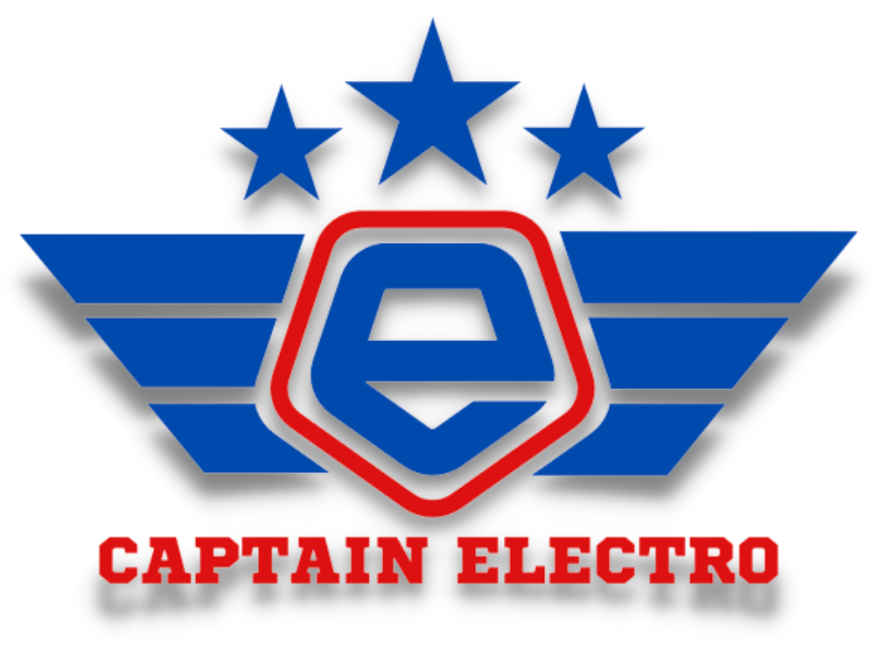A Motorcycle Engine Is the Future of Electric Flight? Brilliant…
Image Credit: VoltAero.
Another week, another genius plan to save the world with batteries. This time, it's a French company called VoltAero, and they've just rolled out the production version of their electric-hybrid aircraft, the Cassio 330. And when I say "rolled out," I mean they showed off a very lovely, very stationary mock-up at the Paris Air Show. We're getting closer to takeoff, they assure us, which in the world of electric aviation means the press releases are flying, even if the planes aren't.
Don't get me wrong, I love the smell of ozone in the morning. The idea of a silent, emission-free flight gets my journalistic juices flowing. But I've been around this block a few times, seen a few too many glorious CGI videos of flying cars that ended up being nothing more but glorious CGI videos. So when someone tells me they've cracked the code, I tend to raise a skeptical eyebrow. In this case, both of them.
Image Credit: VoltAero.
VoltAero, to their credit, seems to have their feet planted a little more firmly on the ground. Or at least, their landing gear. Their big reveal for the Cassio 330 production model was that they've made it look more like a normal plane. The early prototype had this slinky, futuristic twin-boom tail. It was very Star Trek. The new one? It has a T-tail. You know, like a regular airplane. They say it's to avoid bits of propeller flying off and damaging the structure. A noble, if slightly terrifying, consideration. Points for honesty, I suppose.
But the part that makes me chuckle into my coffee, is the powerhouse behind this green revolution. The Cassio 330 is an electric-hybrid. It has two lovely electric motors from Safran, pushing out a combined 440 horsepower. Very quiet, very clean. These get you off the ground and back down again without waking the neighbors. But for cruising? Ah, for that, you need the "thermal engine."
Image Credit: VoltAero.
"Thermal engine," they call it. You have to love the marketing department. It sounds so scientific. So advanced. What is this mysterious thermal engine? A compact nuclear reactor? A captured pocket of solar plasma? Nope. It's a four-cylinder motorcycle engine from Kawasaki. I am not making this up. The key to electrifying the skies is, apparently, a superbike engine. It's the sort of brilliantly bonkers solution you'd expect from a garden shed inventor, not a high-tech aviation firm. And I absolutely love it.
The logic is surprisingly sound. The Kawasaki engine doesn't directly power the propellers. Instead, it acts as a generator, a range extender, juicing up the batteries while you're cruising along. This means you get a whisper-quiet, all-electric takeoff and landing, which is the noisy part that gets airports into trouble. In the air, the gas engine kicks in, and you can fly for up to 750 miles. On batteries alone, you're looking at about 127 miles. It's a pragmatic compromise. It's not pure electric, but it's a massive leap in the right direction. It's the Chevy Volt of the skies.
Image Credit: VoltAero.
Performance-wise, it's no slouch. The Cassio 330 will cruise at a respectable 230 miles per hour. And because it's designed for existing infrastructure, it can pop into small regional airports with runways under 1,800 feet. This isn't some fantasy machine needing a billion-dollar skyport. This is a workhorse, designed for air taxi services, cargo hauling, or even medical evacuations. It's practical. And it seems that in the world of electric dreams, practical is the most exotic word you can use.
Inside, VoltAero promises the most spacious cabin in its class. For a five-seater, that's a big claim. The pictures suggest a clean, modern interior with big windows to watch the world glide silently by. Up front, the pilot gets a full glass cockpit with massive 14-inch screens from Avidyne. It's all very 21st century.
Image Credit: VoltAero.
The company's CEO, Jean Botti, is no dreamer fresh out of college, either. The man was the Chief Technology Officer at Airbus. He oversaw the E-Fan electric plane project. He knows a thing or two about making things fly. This isn't his first rodeo, and that adds a hefty dose of credibility to the whole enterprise.
VoltAero isn't talking about a final purchase price yet, which is aviation-speak for "if you have to ask, you can't afford it." However, they're targeting an operating cost of around $323 per hour, which, in the realm of private aviation, is astonishingly low. They're planning to build a factory in France capable of making 150 of these things a year. It's an ambitious plan, but it's a plan grounded in reality.
Am I still skeptical? Of course I am! It's my job. We haven't seen this thing fly yet in its final form. But am I excited? You bet I am. The Cassio 330 isn't some wild, unattainable fantasy. It's a clever, pragmatic, and slightly tongue-in-cheek solution to a very real problem. It's a hybrid, a mongrel, a stepping stone. And by using a motorcycle engine as a key component, VoltAero might just have built the most sensible and brilliantly sarcastic electric airplane yet. I can't wait to see it fly.





